Best Practices Articles

7 Market Development Funds Programs That Yield Results
We frequently see vendors and providers struggling to figure out what would be the right set of programs to use Market Development Funds (MDF) or Co-operative (Co-op) Marketing Funds effectively to drive value for their partners and agents, and also provide high level of marketing ROI. In fact, there are a few insights that make it easier to do the right things right.
Over the years we have seen organizations that can sell through a channel in almost a sure fire way and increase their return on investment from Market Development Funds (MDF) by focusing on a core few programs. These seven programs and ideas certainly do not rule out the opportunity to innovate in other ways, but a good approach would be to allocate more significant portion of your MDF budget across these areas first while setting aside the remainder as discretionary budget for other, creative marketing programs.
- Partner Training – If you have a fee-paid certification program in place, one way to increasing return is to allow up to 80% reimbursement of strategic training programs. This can certainly vary quarter by quarter, as you emphasize certain business lines or product lines, but overall, running promotions to waive certification fees is a great way to increase competencies with your partner organization. It also helps create sales momentum as fully trained technicians can engage their internal sales resources to generate demand.
- Installed Base Sales – Organizations with large number of end customers and a broad channel at times struggle to deploy Market Development Funds (MDF) to drive demand. However, the easiest way to drive near term return is to create upgrade promotions and add-on campaigns for your installed base. In this way, you enable your channel to drive focused campaigns. If you have the ability to track point-of-sales data from your sales organization or your channel teams (distribution, etc.), you can very quickly track return on investment from these programs.
- End User Webinars – Webinars are the most cost effective way to generate demand – yet very few vendors effectively uses this mechanism. If you have the right Channel Marketing Automation platform, you are better equipped to drive high levels of attendance to centralized webinars. The Channel Marketing Automation platform allows the vendor to present a centralized webinar, while partners are able to drive their existing base of customers and prospects to attend. Security settings mean they don’t need to worry about losing those records to the vendor’s sales team or other partners. Creating a regular webinar series where you present, but partners drive traffic and follow up to close can provide tangible ROI.
- Appointment Setting for SME and Enterprise Campaigns – To get return from your tele-campaigns, the average selling price needs to be at least 20-30x of the program cost. You don’t want to spend telemarketing or tele-prospecting budget on SMB campaigns, as the average transaction cost tends to be higher in mid-market and enterprise solutions. So, if your tele-campaign cost per partner varies from $2,000 to $10,000 (depending on the activities and countries where you are running the campaign) then you have to be able to close one or multiple deals in the $40,000 to $300,000 range. Therefore, handpicking the campaigns that you want to fund is critical to drive near term results.
- SMB Roadshows – Allowing partners to run modestly funded lunch-and-learn events (20 people attending with $1,500 budget) can be quite effective. However, this doesn’t work ROI-wise with transactional products – like firewalls, switches, etc. – that do not have a higher life cycle value. Picking the right products for SMB-focused roadshows is therefore critical, but with the right mix, this can certainly drive consistent deal flow and pipeline increase both for partners and providers.
- Social Selling – The right Channel Marketing Automation platform can help your partners to sell socially. This has a low participation cost, but is much more effective than search engine marketing –AdWords or Organic SEO. Networks like Facebook, LinkedIn and Pinterest offer business-to-business social marketing activities. With an integrated approach these could be easily converted into actual sales activities leading to pipeline development. This may be an unfamiliar approach, but can be quickly implemented with the right Channel Marketing Automation platform.
- Marketing Automation – While selecting the right programs is critical to generate ROI from Market Development Funds (MDF) activities, an equally if not even more important requirement is to have the right Partner Relationship Management platform to automate the entire MDF process and link to Demand Generation. In order to do this, an organization needs to implement a Partner Relationship Management Infrastructure, and also connect it to a Through Partner Marketing Automation platform. Once done, implementation of MDF programs become easy, predictable and ROI focused.
Vendors also provide demo hardware, software licenses and other tools via MDF for sales purposes, but in our experience it is really hard to track ROI from those activities. Reserving 60-70% of the budget for the seven activities mentioned above can increase your ROI substantially.
ZINFI’s Partner Relationship Management (PRM) platform can provide you with a complete set of integrated Channel Marketing Automation platform. ZINFI’s PRM platform comes with an easy to use, fully configurable Market Development Funds (MDF) management capabilities, which can support multiple currencies, exchange rates and local languages. Full integration with ZINFI’s Market-Through Partner Marketing Automation capabilities allows end to end tracking of campaigns and results.
Best Practices Guidebook
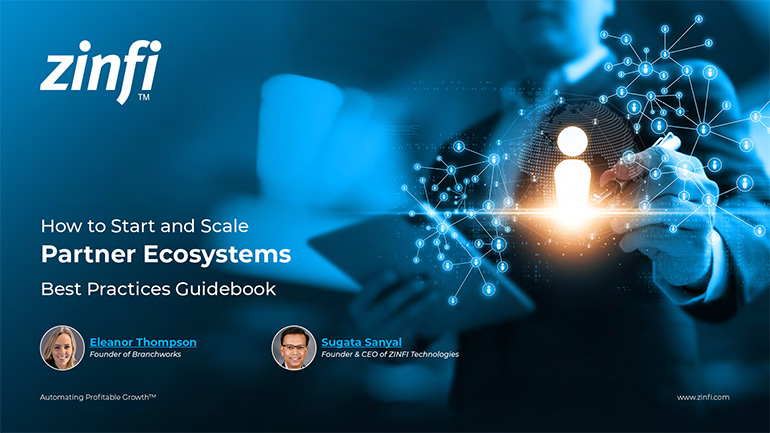 How to Start and Scale Partner Ecosystems Best Practices
How to Start and Scale Partner Ecosystems Best PracticesDownload Guide
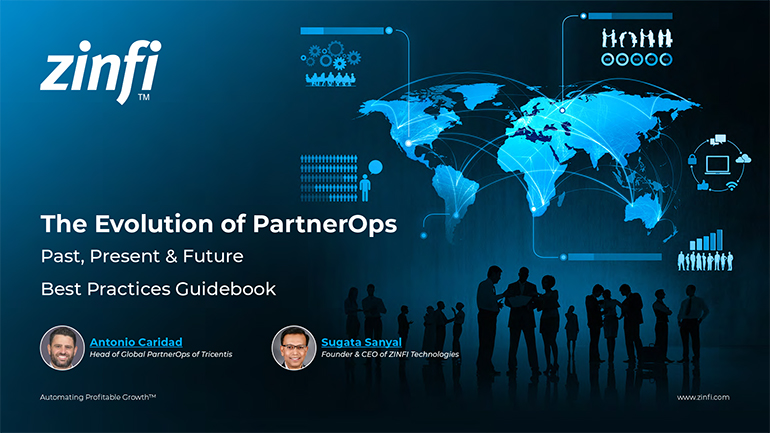 The Evolution of PartnerOps: Past, Present & Future Best Practices
The Evolution of PartnerOps: Past, Present & Future Best PracticesDownload Guide
 Mastering Channel Sales: Strategies, Best Practices, and Growth Tactics for 2025
Mastering Channel Sales: Strategies, Best Practices, and Growth Tactics for 2025Download Guide
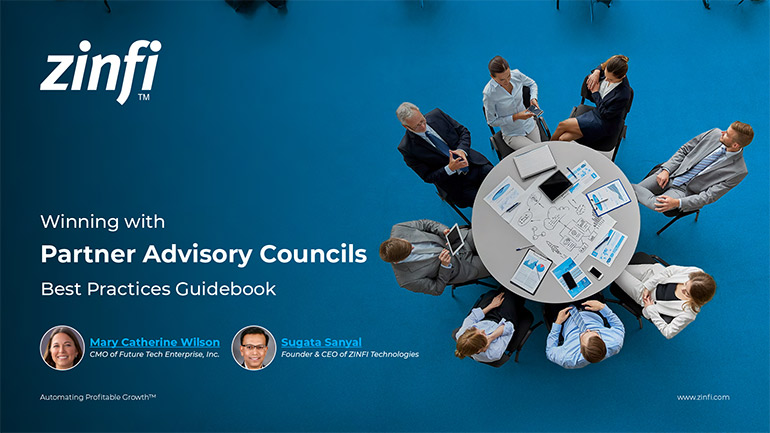 Winning with Partner Advisory Councils: Best Practices for Partner Engagement & Growth
Winning with Partner Advisory Councils: Best Practices for Partner Engagement & GrowthDownload Guide
 The Future of Partner Ecosystems Best Practices
The Future of Partner Ecosystems Best PracticesDownload Guide
 The AI Revolution: How Technology and Talent are Shaping the Future
The AI Revolution: How Technology and Talent are Shaping the FutureDownload Guide
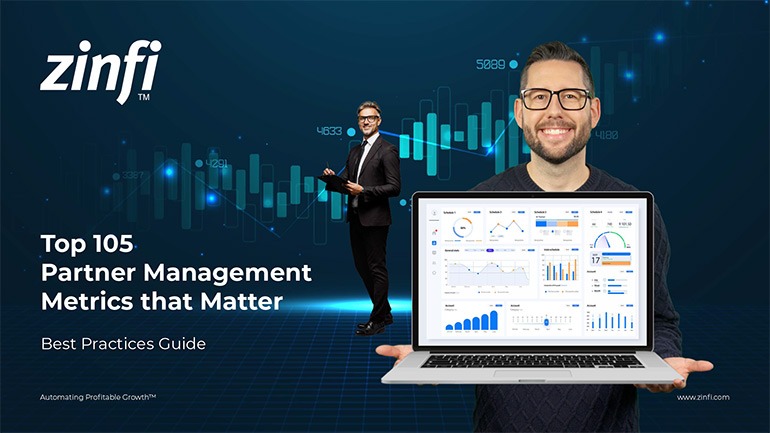 Top 105 Partner Management Metrics that Matter Best Practices
Top 105 Partner Management Metrics that Matter Best PracticesDownload Guide
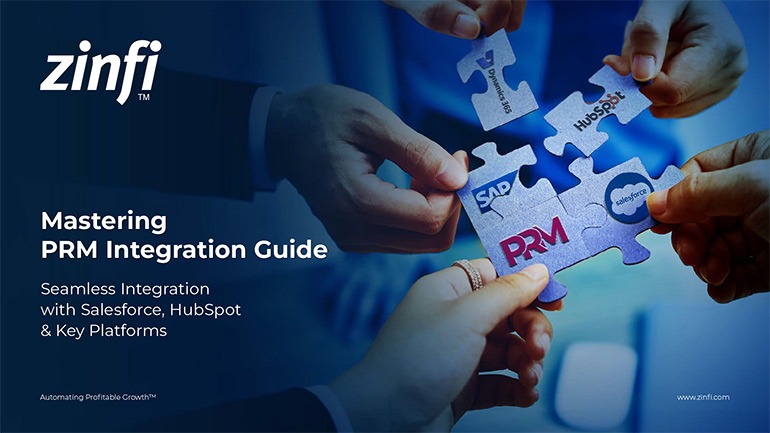 Mastering PRM Integration Best Practices
Mastering PRM Integration Best PracticesDownload Guide
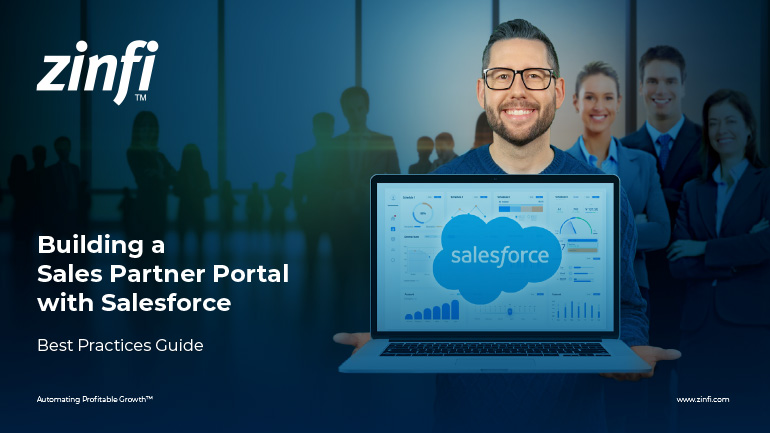 Building a Sales Partner Portal with Salesforce Best Practices
Building a Sales Partner Portal with Salesforce Best PracticesDownload Guide
 Building and Managing Partner Ecosystems Best Practices
Building and Managing Partner Ecosystems Best PracticesDownload Guide
 Mastering Co-Marketing and Co-Selling Best Practices
Mastering Co-Marketing and Co-Selling Best PracticesDownload Guide
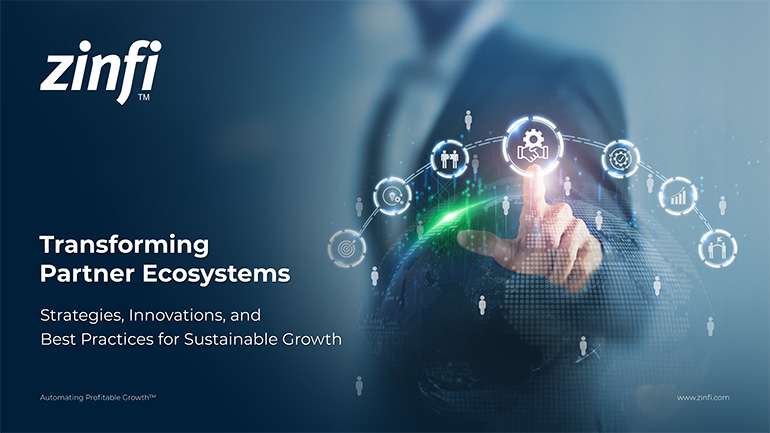 Transforming Partner Ecosystems Best Practices
Transforming Partner Ecosystems Best PracticesDownload Guide
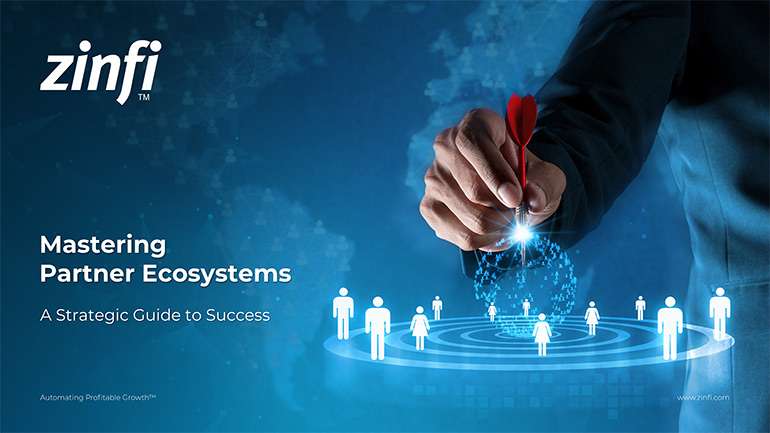 Mastering Partner Ecosystems Best Practices
Mastering Partner Ecosystems Best PracticesDownload Guide
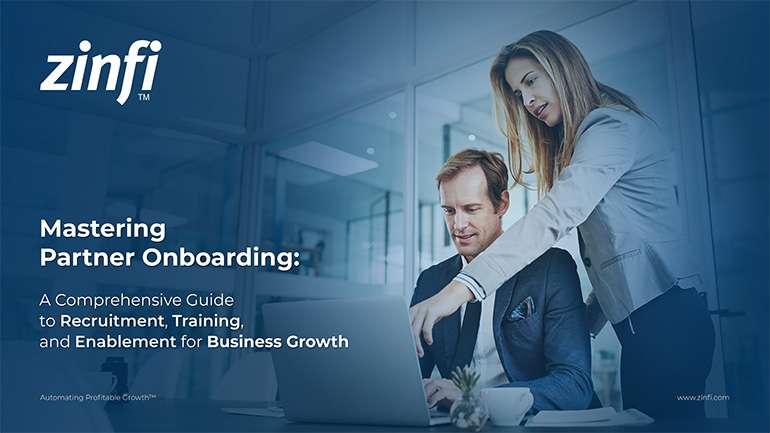 Mastering Partner Onboarding Best Practices
Mastering Partner Onboarding Best PracticesDownload Guide
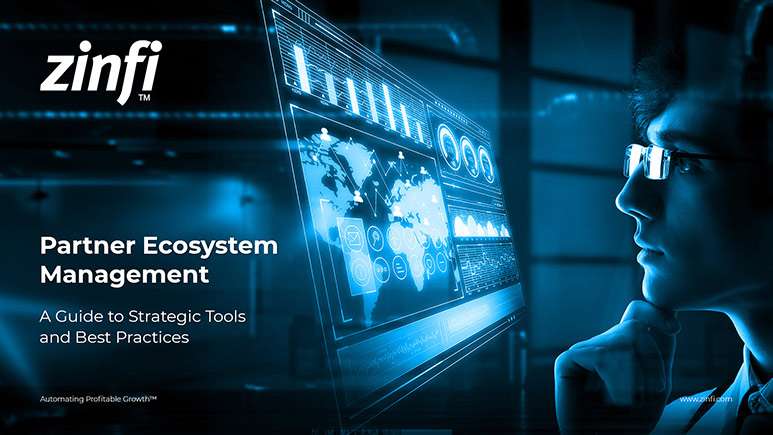 Partner Ecosystem Management Best Practices
Partner Ecosystem Management Best PracticesDownload Guide
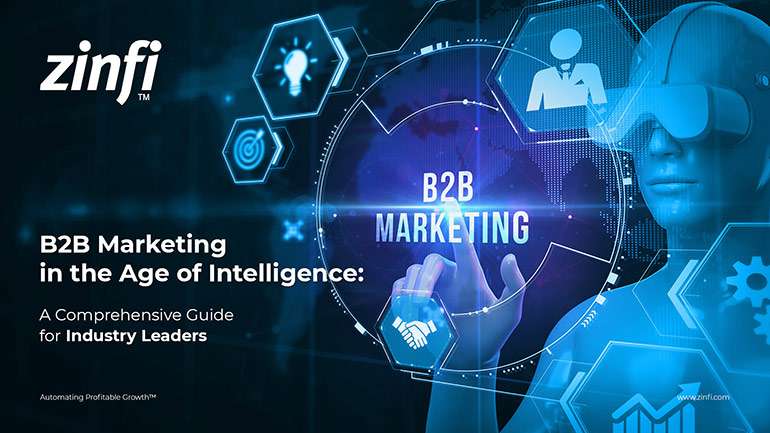 B2B Marketing in the Age of Intelligence Best Practices
B2B Marketing in the Age of Intelligence Best PracticesDownload Guide
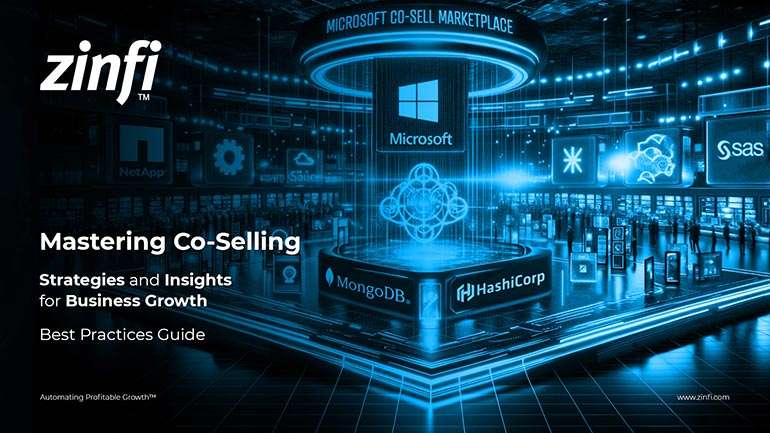 Multi-Partner Co-Selling Best Practices
Multi-Partner Co-Selling Best PracticesDownload Guide
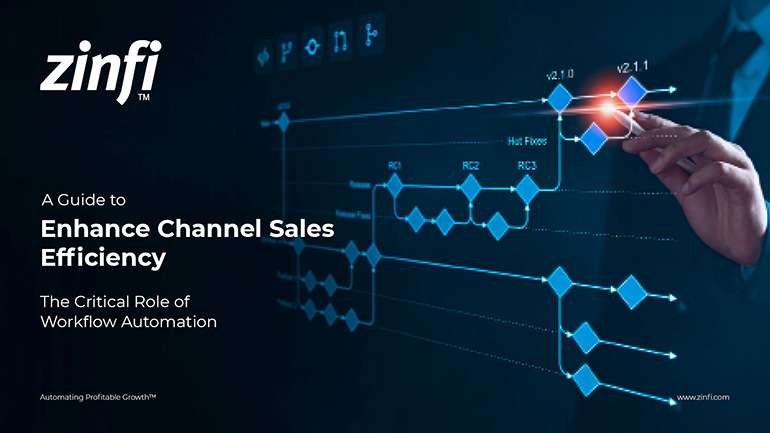 A Guide to Enhance Channel Sales Efficiency
A Guide to Enhance Channel Sales EfficiencyDownload Guide







